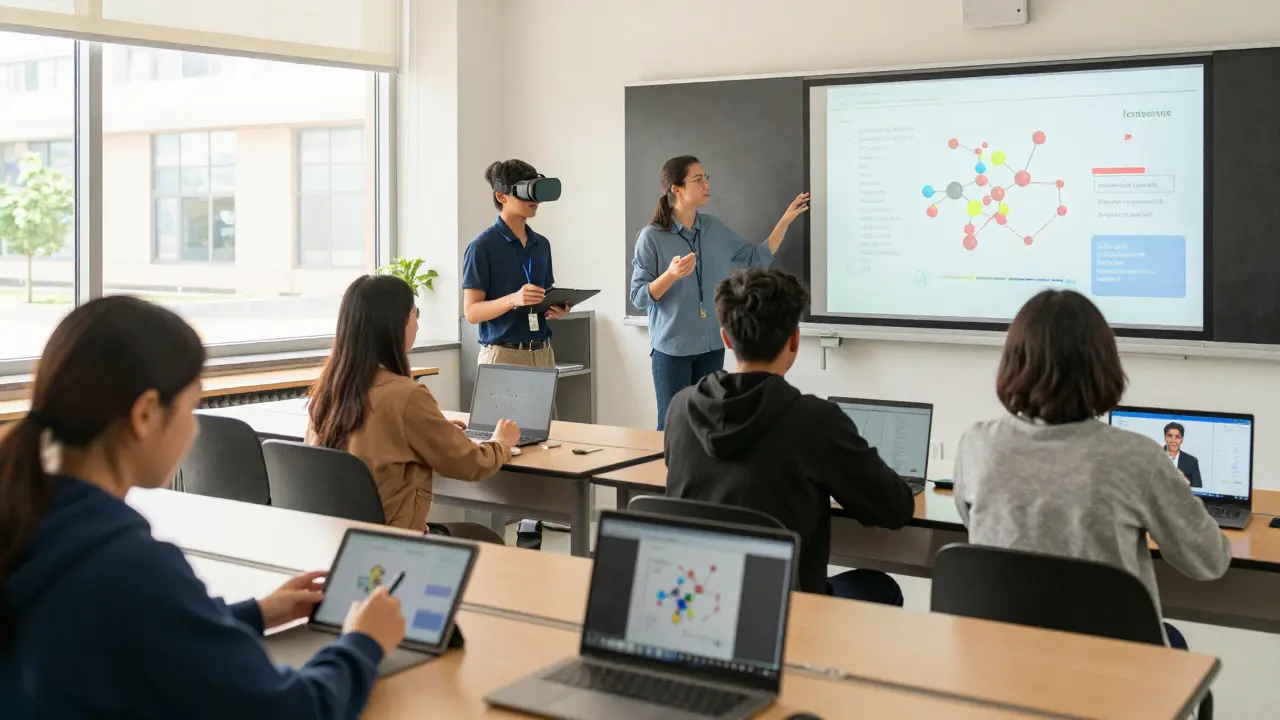Digital Learning in High Schools: What’s Really Happening?
Remember when computer class meant typing drills and clunky desktops? Those days are gone. Today, digital learning is at the core of high school life, making classrooms look totally different than a decade ago. It’s not just about fancy gadgets or new apps—it’s about real changes in how students learn and teachers teach.
Tech isn’t just a bonus anymore. Teachers are weaving in videos, interactive lessons, and online quizzes to keep things interesting. Forget sitting through endless lectures—now students can watch tutorials, chat on discussion boards, and get instant feedback. Apps like Google Classroom and Edmodo turn homework and group projects into an all-in-one online hub. No one’s left flipping through dog-eared textbooks looking for worksheets.
The coolest thing? Digital learning lets students work at their own pace. Missed a class? You can watch the lesson online. Struggling with algebra? There’s probably a video breakdown or interactive game to help you nail it. This flexibility is gold for students juggling school, part-time jobs, or family stuff.
High schools are starting to personalize everything. Adaptive platforms figure out where a student struggles and serve up targeted practice. Instead of feeling lost, every student gets a custom learning track—just like having a tutor, but on your laptop.
But it’s not all rainbows. Some schools still deal with spotty Wi-Fi or not enough devices to go around. Plus, screen fatigue is real—staring at screens all day isn’t everyone’s idea of a good time. Teachers have to balance tech with hands-on learning so things don’t get stale.
What about creativity? Digital tools let students design slideshows, edit videos, and even code their own games. A biology lesson can turn into an online simulation, or a history project can become a podcast. Suddenly, class projects feel like something you’d want to show off, not just finish for a grade.
The push for digital learning also means teens are picking up skills that matter for actual jobs—think digital organization, teamwork online, and learning new tools fast. Whether you want to go to college or straight into a career, knowing your way around tech makes you stand out.
Tech is solving real problems too, like connecting teachers and students after school hours. Stuck on homework at 10 p.m.? Posting a quick question can get you help before your next class. Even parents can follow along, checking updates and grades from their phones—no more mysterious report cards.
Of course, schools are careful about keeping things safe. Privacy rules, secure platforms, and clear guidelines help make sure digital learning helps more than it hurts.
High schools today are in a non-stop state of change with digital learning leading the way. Whether you love technology or wish things would slow down, it’s shaping classrooms for everyone. The best part? It’s making learning feel a lot more real and way more practical for the world outside school walls.

Technology is reshaping how students learn in high schools, from personalized lessons and virtual labs to AI-powered feedback and digital portfolios. Discover how tools are improving engagement, equity, and outcomes in today's classrooms.
- Read More

High schools are transforming with the digital age, embracing new technology to enhance learning. From online classrooms to digital textbooks, education is evolving rapidly. This shift brings numerous benefits like greater accessibility and engagement, but also challenges like digital inequality. Teachers and students must adapt to new tools to prepare for modern demands. Understanding this transformation is crucial for successful integration in today's educational environment.